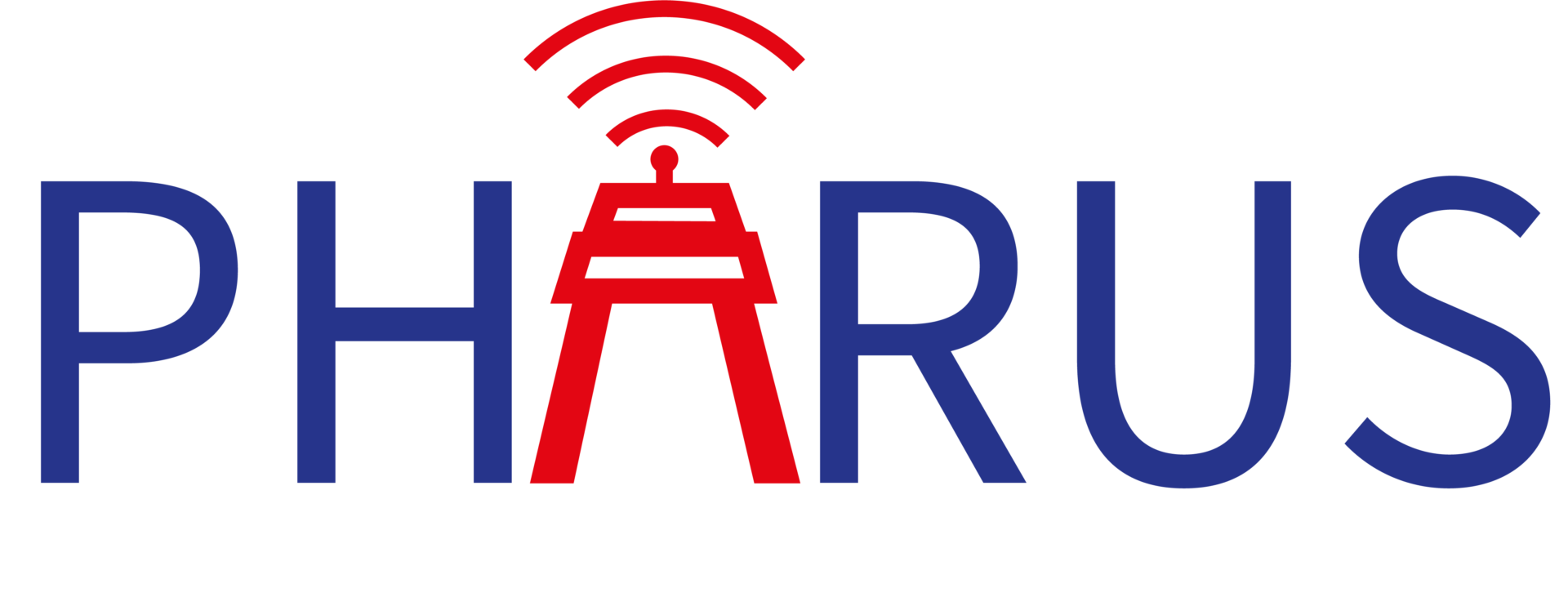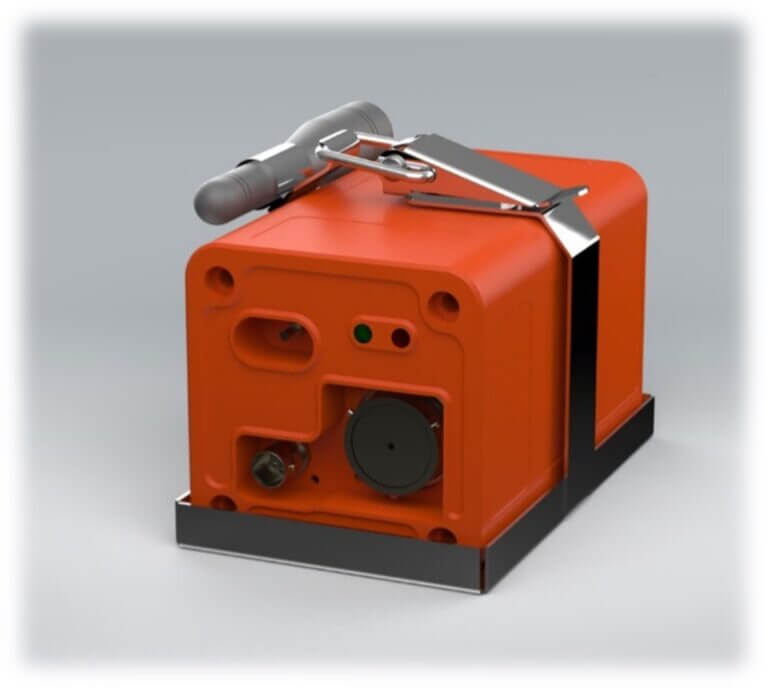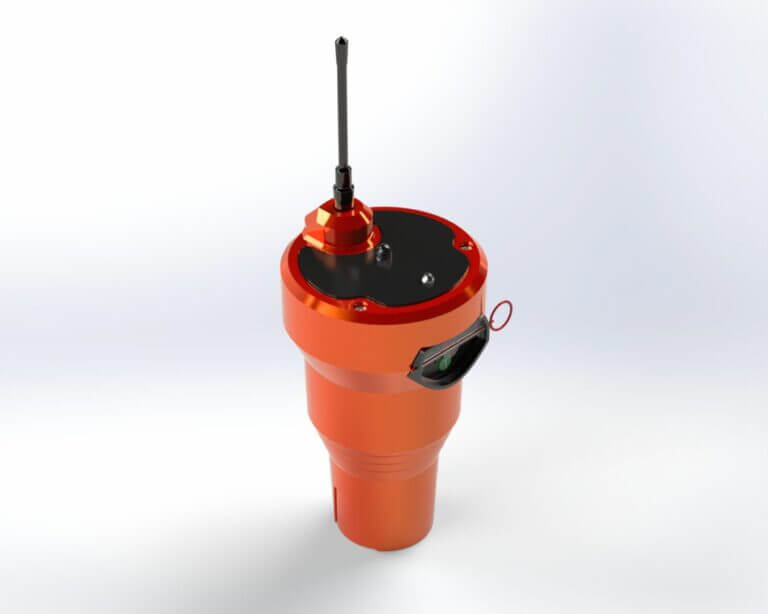What is Emergency Location Transmitter (ELT)?
Emergency Locator Transmitters (ELTs) are radio beacons carried on airplanes to aid search and rescue (SAR) operations in remote areas in case of an accident such as a plane crash. ELTs help swiftly locate the aircraft wreckage and its occupants, increasing their chances of survival. Additionally, they reduce the danger faced by SAR pilots who often operate in challenging weather conditions and rugged terrain.
Aircraft regulations require that ELTs (Emergency Locator Transmitters) be installed on board. They transmit radio signals to satellites to determine the location. You can find more detailed information about how ELTs work in this article.
Purpose of Using ELT
Emergency Locator Transmitters (ELTs) have proven to be essential in reducing the response time for SAR operations which can be crucial in remote locations where access is difficult. Through the prompt identification of the airplane debris and its sufferers, SAR teams can provide immediate medical attention and facilitate their transport to a medical facility, significantly improving the likelihood of survival.
Moreover, these radio beacons have an additional benefit of reducing the danger faced by SAR pilots. With ELTs, SAR teams can navigate directly to the site of the crash without having to conduct a time-consuming search. This can save valuable time and resources, especially in harsh weather conditions and challenging terrain.
The use of ELTs has significantly improved the effectiveness and safety of search and rescue operations. According to the latest issue (No: 48) of Cospas-Sarsat system data document, between September 1982 and December 2021, the Cospas-Sarsat System has assisted in the rescue of at least 57,413 individuals across 17,663 SAR (Search and Rescue) events. In aviation emergencies that occurred from January to December 2021, a total of 379 individuals were rescued in 206 SAR events.
You can read more about Cospas-Sarsat System by following this link.
On top of that, the use of ELTs is a regulatory requirement in most countries. The International Civil Aviation Organization (ICAO) mandates the use of ELTs on most aircraft, with specific requirements depending on the type of aircraft and its operating conditions. Failure to comply with these regulations can result in significant fines and other penalties. Also, most countries have their own regulatory frameworks governing the use, installation, maintenance and testing of ELTs, which may include additional requirements and standards.
Lastly, ELTs can provide an added layer of safety for passengers and crew. Knowing that emergency services will be notified in the event of an accident or emergency can provide reassurance and peace of mind to those on board the aircraft. In addition, the presence of ELTs on aircraft can act as a deterrent to potential hijackers or terrorists as the distress signal will alert authorities to the location of the aircraft.
Author: Can Önal ([email protected])









 Mor Teknoloji
Mor Teknoloji






